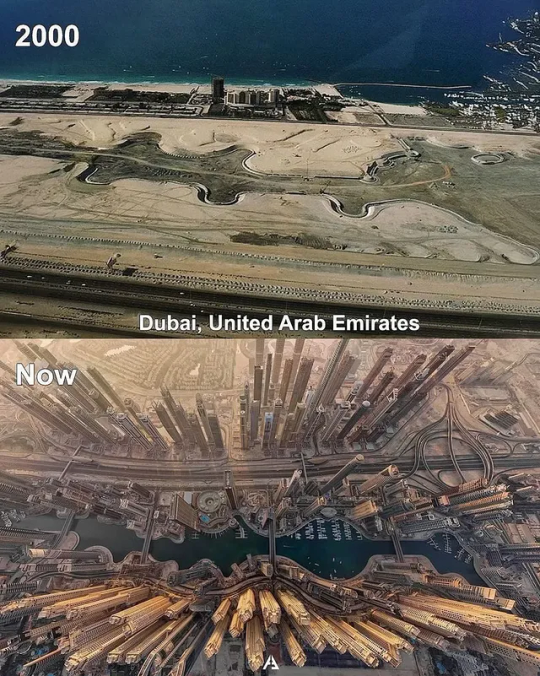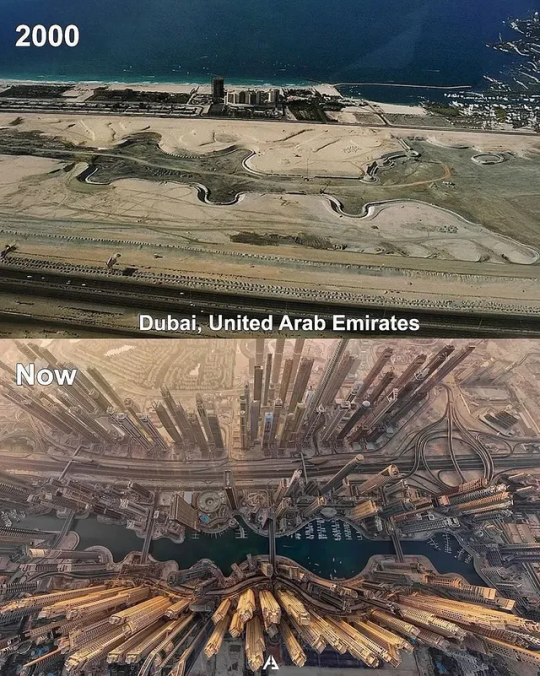#InnovationUpdate
Explore tagged Tumblr posts
Text
🚨 AI Giants at a Crossroads? Reports suggest OpenAI and Microsoft’s powerful partnership is showing cracks. Is this the start of a new AI era—or just growing pains?
🧠 Find out what’s happening and why it matters to YOU
#OpenAI#MicrosoftAI#TechNews2025#ArtificialIntelligence#FutureOfAI#AIPartnership#InnovationUpdate#OpenAIvsMicrosoft#Copilot#ChatGPT#TechTrends#AIForBusiness
0 notes
Text
Apple's Launch of Artificial intelligence features delayed.
After being postponed, Apple's AI features will now debut in October and be compatible with iPhone 15 Pro, iOS 18, and M1 devices first.
The brand that embodies cutting-edge technology, Apple, is making headlines once again. According to Bloomberg News, the much awaited artificial intelligence features are going to be delayed. Originally slated for distribution alongside the impending software overhauls for the iPhone and iPad, these capabilities are now being rolled out in October via software updates.
The Delayed Rollout
September is when iOS 18 and iPadOS 18 are expected to be released for the first time. AI capabilities, gathered under the moniker Apple Intelligence, will not be included in that version. Beginning in October, Apple intends to roll out subsequent software upgrades that include the aforementioned functionality to users.
Apple Intelligence—New Era of AI
For the corporation, Apple Intelligence represents a significant advancement in AI. AI can write any kind of content on demand, including text and graphics. First released on the iPhone 15 Pro and iPhone 15 Pro Max, as well as on iPads and Macs with an M1 chip or newer generations, are a number of features derived from this feature. One of the new features in macOS Sequoia is iPhone Mirroring, which allows users to view and interact with the screen of their iPhone on their Mac.
The release of Apple Intelligence coincides with the company's significant efforts to boost sales of its dwindling gadgets and enhance the user experience. With a plethora of new features and software updates throughout its product range, Apple laid the groundwork for its AI promise in June. It's believed to be Apple's response to a rivalry that has been simmering deep beneath the surface in the tech industry, where artificial intelligence (AI) is starting to play a bigger role in user interface and functionality.
Early Access for Developers and Testing
Apple is apparently intending to let software developers to test Apple Intelligence ahead of time in order to streamline the deployment process. The iOS 18.1 and iPadOS 18.1 betas, which might be published as soon as this week, would experience this. By interacting with developers beforehand, Apple will be able to consider all insightful input and make necessary adjustments well in advance of the October full public release.
Regulatory Hurdles
The introduction of AI features in Europe has been somewhat delayed due to increased scrutiny across the continent. Apple must demonstrate that its AI features won't adversely affect the functionality of rival companies' goods and services in order to comply with the stringent tech standards of the European Union. It appears that before release, more testing and adjustments are necessary.
The Future of Apple AI
Apple Intelligence is sure to surprise the IT community, even though it has come much later than anticipated. Their approach to AI emphasizes user control and privacy, which sets them apart from the competition. Apple is leveraging AI to improve device performance and provide a more intuitive, seamless experience for the user.
Engagement with the AI features is expected to soar, particularly on new devices such as the iPhone 16. October software updates will undoubtedly bring with them a plethora of new AI-powered functions that will make life easier, increase productivity, and provide far more individualized experiences.
Conclusion
Apple's retraction of its AI feature rollout highlights how difficult it is to incorporate cutting-edge technology within legal constraints. But with Apple Intelligence about to launch shortly, users of iPhone, iPad, and Mac are about to explore a whole new world of AI-powered possibilities. Apple is staying loyal to its motto—finding creative ways to improve user experiences and stay ahead of the technological curve—as it navigates these difficulties.
The arrival of Apple Intelligence is a significant advancement in Apple's AI journey, even though it is a step back to account for the delay. Apple Intelligence is expected to revolutionize the capabilities of Apple products and provide powerful new tools for improving digital life. It is predicted to respect user privacy and integrate smoothly.
For Other Information>>
0 notes
Text

Cities begin as gateways for trade and exchange among people. In the past, ports and commercial centres gathered people and eased the transport of goods and ideas. City evolution is evident today as cities change quickly with the emergence of skyscrapers and the development of technology. Indeed, the focus on city evolution showcases how urban landscapes transform over time. City Growth Cities started as small centres in ports and commercial areas. Over time, people built new infrastructures and established modern ways to communicate. Industrial areas turned into work and leisure zones. Residents now use technology to make their daily lives easier, both at work and when travelling. This is a crucial aspect of city evolution as it reflects the adaptation of urban life. The image shows how Toronto evolved over nearly a century, transforming from a modest town with simple buildings into a global city filled with towers and skyscrapers. Changes in Appearance Today, cities show clear signs with tall buildings and wide streets. Each city has a different look based on its story and history. In New York and San Francisco, people build large work centres while also caring for old neighbourhoods. In Dubai and Kuala Lumpur, new areas encourage science and innovation. Some cities like Istanbul keep their old fabric while adding modern touches. This is all part of the broader city evolution process. The image shows how Los Angeles grew from a low-density city in the 1940s to a vast urban center filled with skyscrapers and freeways. Life in the Cities People in these cities live actively and with determination. They build their homes and offices near each other. Residents believe that change is part of everyday life. Everyone works together to renew the cities and make them easy places to live and work. This collective effort is a testament to city evolution. This image highlights Rio de Janeiro’s transformation from a quiet mountainous area in the 1930s to a bustling city full of life, with Christ the Redeemer as its iconic symbol. Conclusion The changes in cities tell the story of people’s lives and their successes. People continue to build a better future while keeping the past in mind and learning from it. Through city evolution, we can see the harmonious blend of the past and future. Vilnius has evolved from a modest historic city along the Neris River into a modern urban center blending green spaces and contemporary architecture. Summary Table CityOld LookNew LookMain PointsNew YorkTrade centres and portsTall work centresEvolution of work and communicationSan FranciscoHistoric neighbourhoodsModern buildings and technologyBlending the old with the newDubaiTraditional foundationsScientific and modern areasContinuous development and innovation is part of their city evolution.FortalezaCommercial portsNew infrastructuresPopulation growth and renewalVilniusRich historyContemporary buildingsPreserving heritage while updatingIstanbulMarkets and community areasA mix of old and new reflects constant city evolution.Maintaining authenticity with renewalKuala LumpurHistorical building foundationsCentres for research and innovationUpdating facilities and infrastructuresLos AngelesResidential and commercial zonesSkyscrapers and modern streetsEconomic and daily life transformation Kuala Lumpur has impressively transformed from a collection of low-rise buildings in the 1920s to a global city home to the iconic Petronas Towers. https://archup.net/choosing-the-right-building-materials-en/ Read the full article
0 notes
Link
0 notes
Text

Cities begin as gateways for trade and exchange among people. In the past, ports and commercial centres gathered people and eased the transport of goods and ideas. City evolution is evident today as cities change quickly with the emergence of skyscrapers and the development of technology. Indeed, the focus on city evolution showcases how urban landscapes transform over time. City Growth Cities started as small centres in ports and commercial areas. Over time, people built new infrastructures and established modern ways to communicate. Industrial areas turned into work and leisure zones. Residents now use technology to make their daily lives easier, both at work and when travelling. This is a crucial aspect of city evolution as it reflects the adaptation of urban life. The image shows how Toronto evolved over nearly a century, transforming from a modest town with simple buildings into a global city filled with towers and skyscrapers. Changes in Appearance Today, cities show clear signs with tall buildings and wide streets. Each city has a different look based on its story and history. In New York and San Francisco, people build large work centres while also caring for old neighbourhoods. In Dubai and Kuala Lumpur, new areas encourage science and innovation. Some cities like Istanbul keep their old fabric while adding modern touches. This is all part of the broader city evolution process. The image shows how Los Angeles grew from a low-density city in the 1940s to a vast urban center filled with skyscrapers and freeways. Life in the Cities People in these cities live actively and with determination. They build their homes and offices near each other. Residents believe that change is part of everyday life. Everyone works together to renew the cities and make them easy places to live and work. This collective effort is a testament to city evolution. This image highlights Rio de Janeiro’s transformation from a quiet mountainous area in the 1930s to a bustling city full of life, with Christ the Redeemer as its iconic symbol. Conclusion The changes in cities tell the story of people’s lives and their successes. People continue to build a better future while keeping the past in mind and learning from it. Through city evolution, we can see the harmonious blend of the past and future. Vilnius has evolved from a modest historic city along the Neris River into a modern urban center blending green spaces and contemporary architecture. Summary Table CityOld LookNew LookMain PointsNew YorkTrade centres and portsTall work centresEvolution of work and communicationSan FranciscoHistoric neighbourhoodsModern buildings and technologyBlending the old with the newDubaiTraditional foundationsScientific and modern areasContinuous development and innovation is part of their city evolution.FortalezaCommercial portsNew infrastructuresPopulation growth and renewalVilniusRich historyContemporary buildingsPreserving heritage while updatingIstanbulMarkets and community areasA mix of old and new reflects constant city evolution.Maintaining authenticity with renewalKuala LumpurHistorical building foundationsCentres for research and innovationUpdating facilities and infrastructuresLos AngelesResidential and commercial zonesSkyscrapers and modern streetsEconomic and daily life transformation Kuala Lumpur has impressively transformed from a collection of low-rise buildings in the 1920s to a global city home to the iconic Petronas Towers. https://archup.net/choosing-the-right-building-materials-en/ Read the full article
0 notes